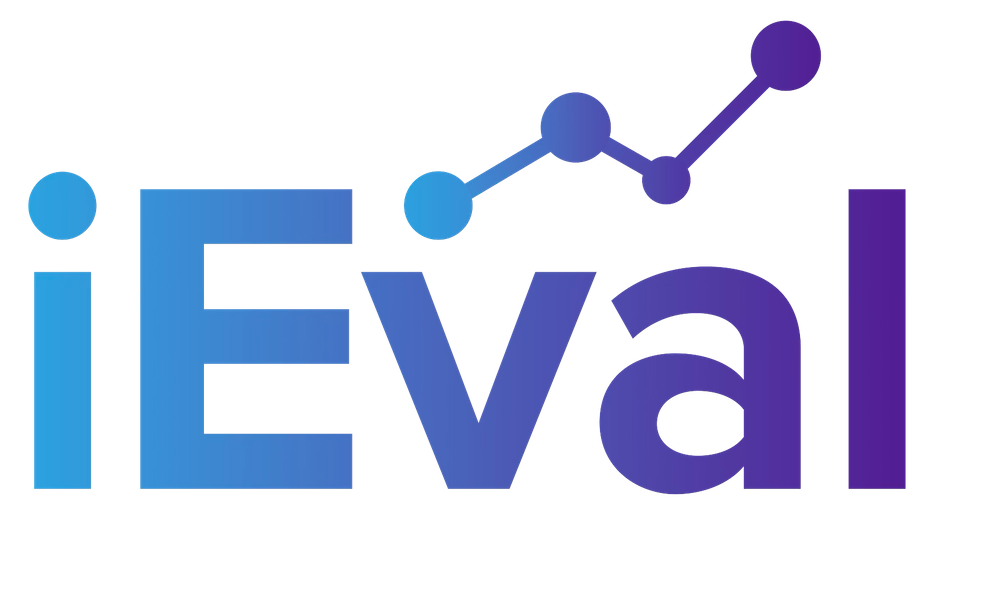You know you want to incorporate evaluation, so you’re already ahead of the game…
- You understand that evaluation is important. That’s a huge accomplishment!
- You are involving an evaluator in the design and planning of your grant, project, initiative, etc. at the beginning. You’re a model for us all!
- You are integrating evaluation processes systematically into your work. We all should incorporate evaluation as part of how we do business regularly!
- So why do you need to plan for evaluation use at the beginning too? Good question!
We’ve all heard this, or done it, before. You may have hired the evaluation team (or been hired as the evaluator)…
- the month before the final report is due, then the evaluation didn’t have much substance to it and was used only to fulfill reporting requirements
- after the grant was approved and funding was received, then the evaluation team figured out that the measurable objectives weren’t so measurable in the real world
- without any context about why evaluation was necessary or how the findings would be used, so the evaluation process was seen as “another thing to do” and the report was totally ignored
You get the idea! The ideal evaluation situation would include the planning for evaluation use at the beginning stages (King, 1988; Rutman, 1980). “Evaluations should be judged by their utility and actual use; therefore, evaluators should facilitate the evaluation process and design any evaluation with careful consideration of how everything that is done, from beginning to end, will affect use” (Patton, 1997, p. 20). Oops, I threw a few references in there, but it provides some context to what is needed.
If the evaluators and the program staff are thinking critically about how the evaluation findings can be used to make program improvements and decisions at the beginning of a project, then the likelihood of the findings actually being useful increases tremendously. You heard that, right? It’s critical to internalize the importance of it!
One program we work with (an after school program for K-12 students) has an evaluation use plan they create every year based on their annual evaluation report and subsequent interim reports. They identify which areas of the report will be the focus for staff meeting discussions, additional data collection and interpretation, and action. For example, in September the team digs into the program recruitment data, understanding how their past recruitment efforts resulted in enrollment and retention of participants, expanding successful recruitment efforts and eliminating ones that weren’t successful, and more clearly targeting potential participants who could benefit from services. While the comprehensive annual evaluation report is overwhelming, knowing they have a plan to use parts of it at specific times of the year has enabled them to make it more user-friendly and digestible.
DR. TACKETT’S USEFUL TIP: Some key questions to think about when you’re starting with evaluation use in mind are: 1) What do we want to know from the evaluation findings? 2) When will knowing that information be most useful to us? 3) How can we understand that information more deeply and translate it to something actionable? 4) Who needs to be involved in understanding and creating action from the findings?
King, J. A. (1988). Research on evaluation use and its implications for evaluation research and practice. Studies in Educational Evaluation, 14, 285-299.
Patton, M. Q. (1997). Utilization-focused evaluation (3rd ed.). Thousand Oaks, CA: Sage Publications.
Rutman, L. (1980). Planning useful evaluations. Beverly Hills, CA: Sage Publications.

